Home>Maintenance & Safety>Pest Control Solutions>How To Prevent Yellow Jackets From Nesting
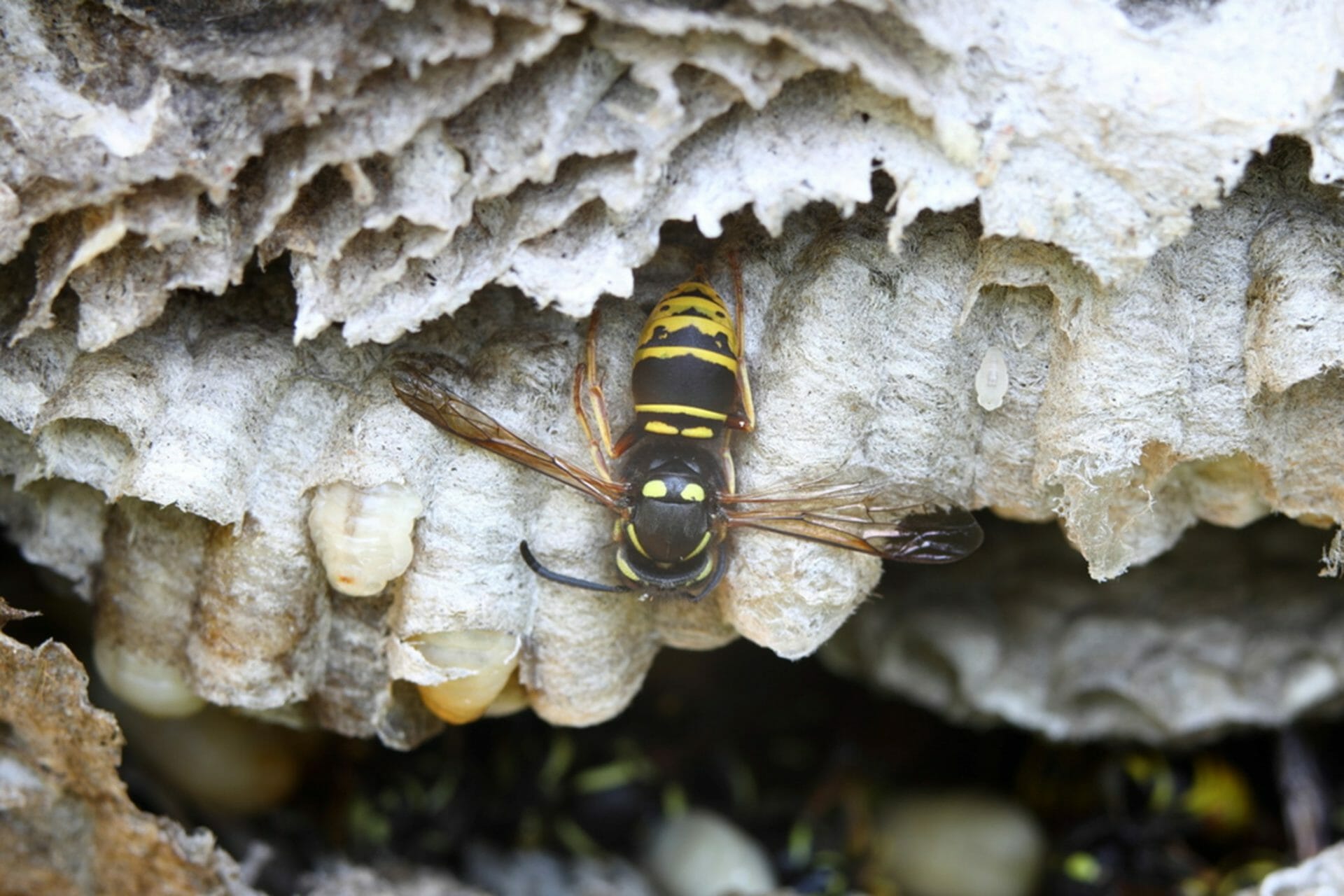

Pest Control Solutions
How To Prevent Yellow Jackets From Nesting
Modified: March 2, 2024
Looking for effective pest control solutions to prevent yellow jackets from nesting? Discover expert tips and strategies to keep your property free from these stinging insects.
(Many of the links in this article redirect to a specific reviewed product. Your purchase of these products through affiliate links helps to generate commission for Storables.com, at no extra cost. Learn more)
Introduction
Yellow jackets are a common and persistent nuisance for many homeowners, especially during the warmer months. These aggressive stinging insects can quickly turn a peaceful outdoor gathering into a chaotic scene of swatting and dodging. Understanding how to prevent yellow jackets from nesting around your home is crucial for maintaining a safe and enjoyable outdoor environment.
In this comprehensive guide, we will explore effective strategies for deterring yellow jackets from establishing nests in and around your property. From natural prevention methods to chemical deterrents and professional removal options, we will cover a range of approaches to help you safeguard your home and family from these pesky insects.
By gaining a deeper understanding of yellow jackets and their nesting habits, you can proactively implement preventive measures to minimize the risk of encountering these aggressive insects. Whether you're dealing with a current infestation or aiming to fortify your property against future invasions, this guide will equip you with the knowledge and tools needed to tackle the issue head-on.
Let's delve into the world of yellow jackets and discover effective strategies for keeping these buzzing pests at bay.
Key Takeaways:
- Keep yellow jackets away by maintaining a tidy yard, sealing entry points, and using citrus peels or mint plants as natural deterrents. Create a safe and enjoyable outdoor space for your family.
- When dealing with persistent yellow jacket infestations, consider professional removal options. Pest control experts can safely remove nests and provide guidance for long-term prevention.
Read more: How Many Yellow Jackets In A Nest
Understanding Yellow Jackets
Yellow jackets, scientifically known as Vespula and Dolichovespula, are a species of predatory wasps that are commonly found in various regions across the globe. These aggressive insects are known for their distinctive yellow and black markings, which serve as a warning sign of their potent sting. Unlike honey bees, yellow jackets are not pollinators; instead, they are carnivorous and primarily feed on other insects and sugary substances.
Yellow jackets are social insects, living in colonies with a well-defined caste system consisting of queens, workers, and drones. The queen is responsible for initiating the colony in the spring, typically by constructing a small paper nest in a sheltered location. As the colony grows, the nest expands, and the population increases, with the workers diligently foraging for food and expanding the nest structure.
These insects are highly territorial and will aggressively defend their nests if they perceive a threat, often stinging repeatedly. Their stings can cause intense pain, swelling, and, in some cases, severe allergic reactions in susceptible individuals. Due to their defensive nature and ability to inflict painful stings, yellow jackets are considered a significant nuisance and potential hazard, especially in areas frequented by humans.
Understanding the behavior and nesting habits of yellow jackets is crucial for implementing effective prevention strategies. By gaining insight into their life cycle, foraging patterns, and nesting preferences, homeowners can take proactive measures to discourage yellow jackets from establishing colonies in close proximity to their living spaces. With this knowledge, individuals can better protect themselves and their families from the potential dangers posed by these aggressive stinging insects.
In the following sections, we will delve deeper into the identification of yellow jacket nests and explore a range of preventive measures, including natural and chemical deterrents, as well as professional removal options, to mitigate the risk of yellow jacket infestations. Armed with a comprehensive understanding of yellow jackets, homeowners can confidently implement targeted strategies to prevent these buzzing pests from encroaching on their outdoor spaces.
Identifying Yellow Jacket Nests
Identifying yellow jacket nests is a crucial step in implementing effective prevention strategies. These nests can vary in size and location, making it essential to recognize their distinct characteristics to avoid accidental disturbances. Yellow jackets often construct their nests in concealed or hard-to-reach areas, adding to the challenge of detection. Here are key indicators to help identify yellow jacket nests:
-
Physical Appearance: Yellow jacket nests are typically constructed from a papery material, resembling a grayish, paper-mâché-like structure. The nests can range in size from a small, golf ball-sized structure in the early stages of colony development to larger, football-sized nests as the population grows.
-
Location: Yellow jacket nests are commonly found in underground burrows, hollow tree trunks, wall voids, and eaves of buildings. They may also be concealed within shrubbery, woodpiles, or other secluded areas. It's important to be cautious when exploring potential nesting sites, as disturbing a nest can provoke aggressive behavior from the inhabitants.
-
Flight Patterns: Observing the flight patterns of yellow jackets can provide clues about the proximity of their nest. These insects typically fly in a distinct back-and-forth pattern as they forage for food, returning to the nest with their findings. By tracking their flight paths, homeowners can narrow down the potential location of the nest.
-
Increased Activity: A surge in yellow jacket activity in a specific area, particularly during the warmer months, may indicate the presence of a nearby nest. This heightened activity can include a steady stream of yellow jackets entering and exiting a specific location, such as a gap in a wall or the ground.
-
Audible Buzzing: The audible buzzing of yellow jackets near a particular area, especially if it intensifies when approached, can signal the proximity of a nest. This buzzing is often accompanied by visible yellow jacket traffic, indicating a nearby colony.
By familiarizing themselves with these identifying features, homeowners can proactively locate and monitor potential yellow jacket nesting sites. This knowledge is invaluable for implementing preventive measures and seeking professional assistance if necessary. In the following sections, we will explore effective prevention methods to deter yellow jackets from establishing nests in and around residential properties.
Understanding the characteristics and behaviors of yellow jacket nests empowers homeowners to take proactive measures in safeguarding their living spaces from potential infestations. With this knowledge, individuals can confidently implement targeted strategies to prevent these buzzing pests from encroaching on their outdoor environments.
Natural Prevention Methods
Implementing natural prevention methods can serve as an effective and environmentally friendly approach to deter yellow jackets from nesting around your home. By leveraging natural deterrents and modifying the surrounding environment, homeowners can create an inhospitable setting for these stinging insects, reducing the likelihood of nest establishment and subsequent encounters. Here are several natural prevention methods to consider:
-
Landscape Maintenance: Keeping the outdoor area well-maintained can discourage yellow jackets from nesting. Regularly trim shrubbery and vegetation, remove overgrown foliage, and maintain a tidy yard to minimize potential nesting sites and hiding places for these insects.
-
Sealing Entry Points: Conduct a thorough inspection of your home's exterior and seal any potential entry points, such as gaps in siding, cracks in walls, and openings around doors and windows. By preventing access to indoor spaces, you can reduce the likelihood of yellow jackets establishing nests within the vicinity of your home.
-
Citrus-Based Repellents: Yellow jackets are known to be sensitive to strong scents, including citrus-based odors. Consider placing citrus peels or using citrus essential oils in outdoor areas to deter these insects. Additionally, planting citrus trees or herbs with citrus scents in your garden can contribute to creating an unappealing environment for yellow jackets.
-
Mint Plants: The strong aroma of mint plants can act as a natural deterrent for yellow jackets. Cultivate mint in pots or designated areas of your garden to help repel these insects. The refreshing scent of mint not only adds to the ambiance of your outdoor space but also serves as a natural barrier against yellow jackets.
-
Decoy Nests: Installing decoy nests, such as artificial wasp nests or paper bags, in strategic outdoor locations can trick yellow jackets into believing that the territory is already occupied. This can discourage them from establishing new nests in the vicinity, as they tend to avoid areas where other colonies are present.
-
Food and Waste Management: Properly manage food and waste outdoors to minimize attractions for yellow jackets. Keep outdoor trash bins tightly sealed, promptly clean up food spills, and avoid leaving sweet beverages or uncovered food items unattended, as these can attract foraging yellow jackets.
By incorporating these natural prevention methods into your outdoor maintenance routine, you can create an environment that is less conducive to yellow jacket nesting. These strategies not only help deter these stinging insects but also contribute to a more enjoyable and secure outdoor living space for you and your family.
Seal up any holes or cracks in your home’s exterior to prevent yellow jackets from nesting. Keep outdoor garbage cans tightly closed and clean up any food or drink spills to deter them from building nests near your home.
Chemical Prevention Methods
In addition to natural deterrents, chemical prevention methods can provide an additional layer of defense against yellow jackets. When implemented judiciously and in accordance with safety guidelines, these methods can effectively discourage yellow jackets from nesting in and around residential properties. It's important to exercise caution and consider the potential impact on the environment and non-target organisms when utilizing chemical deterrents. Here are several chemical prevention methods to consider:
-
Commercial Repellents: Various commercial yellow jacket repellents are available in the form of aerosol sprays, dusts, and liquid concentrates. These products often contain synthetic chemicals designed to deter yellow jackets from specific areas. When using commercial repellents, it's essential to follow the manufacturer's instructions carefully and apply the products in targeted outdoor locations where yellow jacket activity is prevalent.
-
Pesticide Treatments: In cases where yellow jacket infestations pose a significant threat or have become unmanageable, targeted pesticide treatments may be necessary. Pesticides formulated for wasp and hornet control can be applied to specific nesting sites or areas of high yellow jacket activity. It's crucial to exercise extreme caution when using pesticides and to adhere to safety protocols to minimize risks to humans, pets, and beneficial insects.
-
Baited Traps: Baited traps can be an effective chemical prevention method for reducing yellow jacket populations in outdoor spaces. These traps typically utilize attractants, such as sweet liquids or protein-based baits, to lure yellow jackets into the trap, where they become incapacitated or perish. When using baited traps, it's important to regularly monitor and maintain the traps to ensure their effectiveness and prevent unintended capture of non-target insects.
-
Diatomaceous Earth: Diatomaceous earth, a natural sedimentary rock powder, can be used as a chemical-free yet effective barrier against yellow jackets. When applied around potential nesting sites or entry points, diatomaceous earth can deter yellow jackets due to its abrasive texture, which can disrupt their movement and cause dehydration. This method provides a non-toxic alternative for homeowners seeking chemical-free options.
-
Professional Application: Engaging the services of licensed pest control professionals can provide access to specialized chemical prevention methods tailored to the specific yellow jacket infestation. Pest control experts can assess the situation, recommend targeted chemical interventions, and apply them safely and effectively to mitigate the presence of yellow jackets around the property.
When considering chemical prevention methods, it's essential to prioritize safety, environmental impact, and adherence to local regulations. Careful consideration of the potential risks and benefits of chemical deterrents can help homeowners make informed decisions regarding the management of yellow jacket populations in their outdoor environments. By integrating chemical prevention methods with natural deterrents, homeowners can create a comprehensive strategy to minimize the risk of yellow jacket infestations while maintaining a safe and harmonious outdoor living space.
Professional Removal Options
When faced with a persistent or large-scale yellow jacket infestation, seeking professional removal options can provide an effective and efficient solution to mitigate the presence of these stinging insects. Pest control professionals possess the expertise, specialized equipment, and experience necessary to safely and effectively address yellow jacket infestations, offering homeowners peace of mind and a swift resolution to the problem.
Professional pest control services tailored to yellow jacket removal typically encompass the following key components:
-
Assessment and Inspection: Upon arrival at the property, pest control experts conduct a thorough assessment to identify the extent of the yellow jacket infestation and pinpoint the locations of active nests. This comprehensive inspection enables the professionals to develop a targeted removal strategy tailored to the specific infestation dynamics.
-
Safe Nest Removal: Utilizing protective gear and specialized equipment, pest control technicians safely remove active yellow jacket nests from the property. This process may involve the use of insecticidal dust or aerosols to eliminate the colony and prevent re-infestation. By entrusting this task to professionals, homeowners can avoid the risks associated with DIY nest removal attempts.
-
Preventive Measures: In addition to addressing existing infestations, pest control professionals can implement preventive measures to fortify the property against future yellow jacket nesting. This may involve sealing potential entry points, applying residual insecticides in strategic outdoor locations, and providing recommendations for ongoing maintenance to minimize the risk of re-infestation.
-
Environmentally Responsible Practices: Reputable pest control companies prioritize environmentally responsible practices when addressing yellow jacket infestations. By utilizing targeted treatments and minimizing the use of broad-spectrum pesticides, these professionals aim to minimize the impact on non-target organisms and the surrounding ecosystem.
-
Expert Guidance and Support: Pest control professionals offer expert guidance and support to homeowners, equipping them with valuable insights into yellow jacket behavior, preventive measures, and proactive strategies for maintaining a pest-free environment. This collaborative approach empowers homeowners to take proactive steps in safeguarding their properties against future yellow jacket incursions.
By enlisting the services of licensed and experienced pest control professionals, homeowners can effectively address yellow jacket infestations with precision and expertise. Professional removal options offer a comprehensive solution to the challenges posed by these aggressive stinging insects, allowing homeowners to reclaim their outdoor spaces and enjoy a secure and pest-free environment.
With professional removal options, homeowners can confidently address yellow jacket infestations, safeguarding their properties and creating a safe and enjoyable outdoor environment for themselves and their families.
Conclusion
In conclusion, preventing yellow jackets from nesting in and around your home requires a multifaceted approach that encompasses understanding their behavior, implementing natural and chemical deterrents, and, when necessary, seeking professional removal options. By gaining insight into the nesting habits and identifying key indicators of yellow jacket presence, homeowners can proactively take steps to fortify their properties against potential infestations.
Natural prevention methods, such as landscape maintenance, sealing entry points, and utilizing citrus-based repellents and mint plants, offer environmentally friendly strategies to create an inhospitable environment for yellow jackets. These methods not only deter these stinging insects but also contribute to a more enjoyable and secure outdoor living space for homeowners and their families.
In addition to natural deterrents, chemical prevention methods, including commercial repellents, pesticide treatments, baited traps, diatomaceous earth, and professional application, provide an additional layer of defense against yellow jackets. When used judiciously and in accordance with safety guidelines, these methods can effectively discourage yellow jackets from establishing nests in residential properties.
Furthermore, professional removal options offer a comprehensive solution to persistent or large-scale yellow jacket infestations. Pest control professionals possess the expertise, specialized equipment, and experience necessary to safely and effectively address yellow jacket infestations, providing homeowners with peace of mind and a swift resolution to the problem.
By integrating these preventive measures and removal options, homeowners can create a comprehensive strategy to minimize the risk of yellow jacket infestations while maintaining a safe and harmonious outdoor living space. This proactive approach empowers homeowners to take control of their outdoor environments and enjoy a pest-free lifestyle.
In essence, by understanding yellow jackets, identifying nests, and implementing targeted prevention methods, homeowners can effectively deter these buzzing pests from encroaching on their properties. With a combination of natural, chemical, and professional strategies, individuals can create a secure and inviting outdoor space, free from the disruptions and potential hazards posed by yellow jackets.
Frequently Asked Questions about How To Prevent Yellow Jackets From Nesting
Was this page helpful?
At Storables.com, we guarantee accurate and reliable information. Our content, validated by Expert Board Contributors, is crafted following stringent Editorial Policies. We're committed to providing you with well-researched, expert-backed insights for all your informational needs.
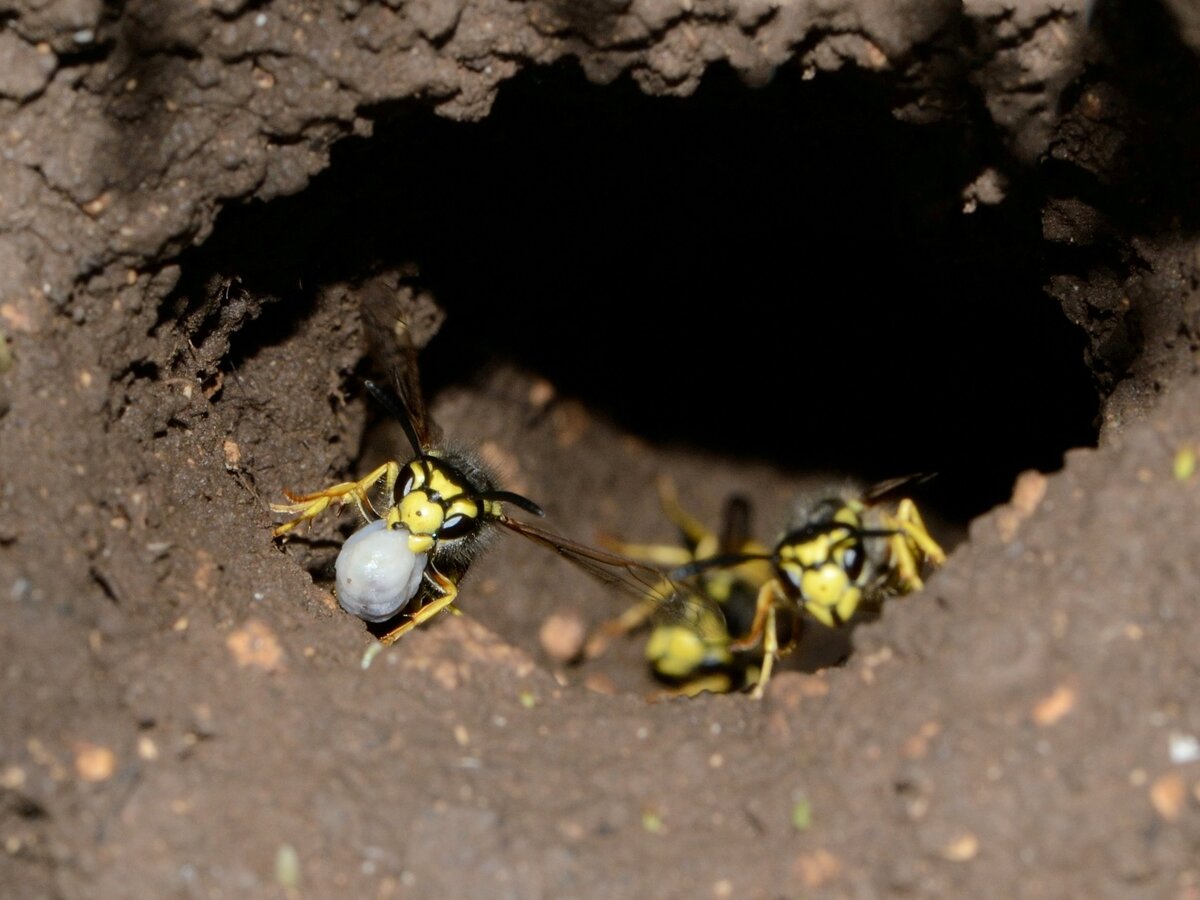
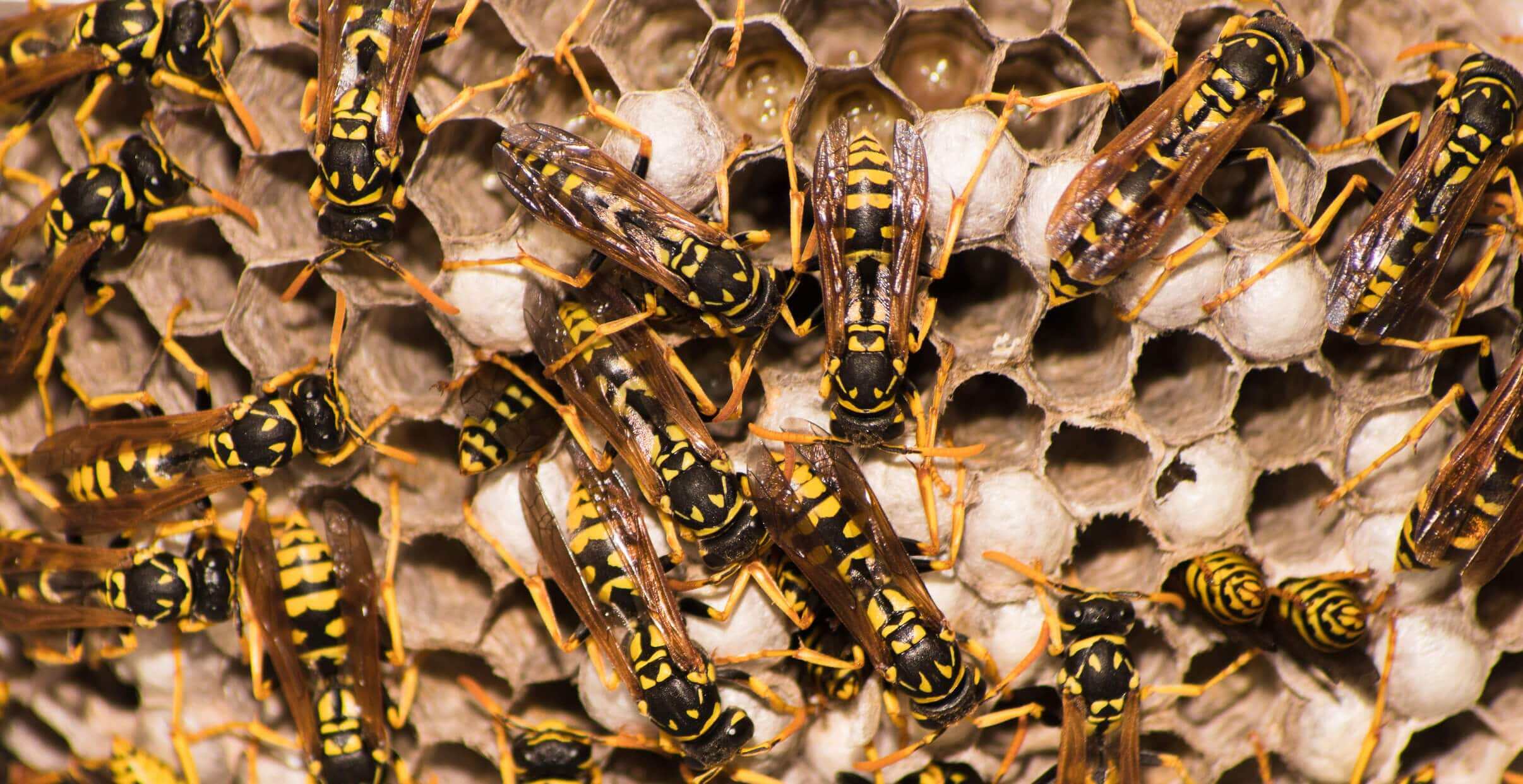
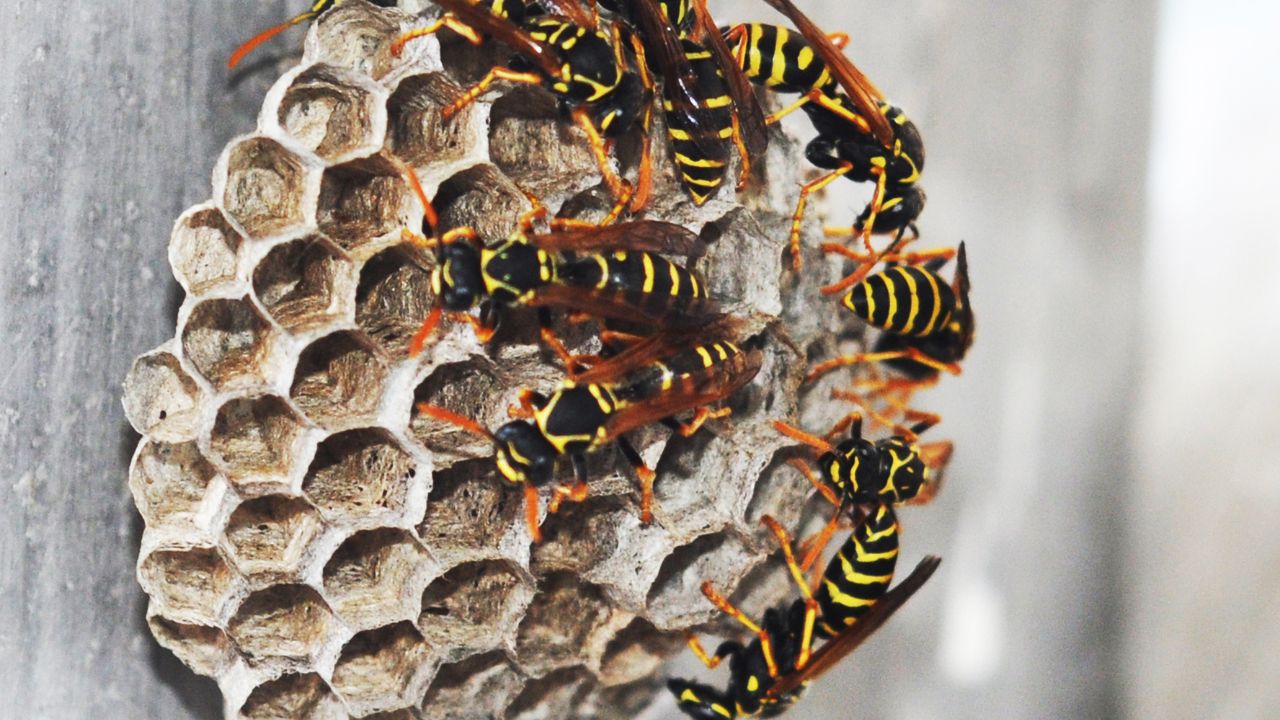

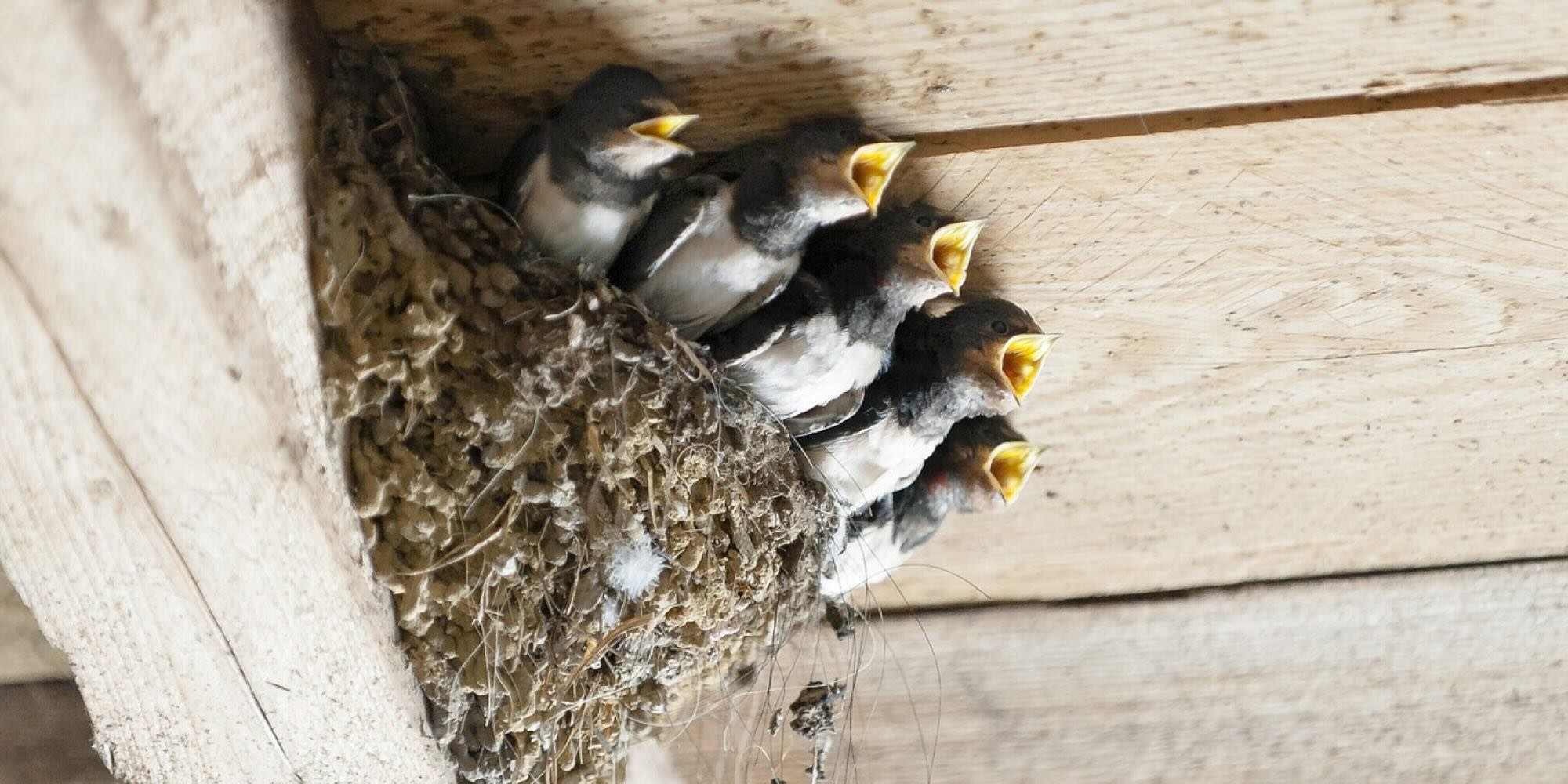
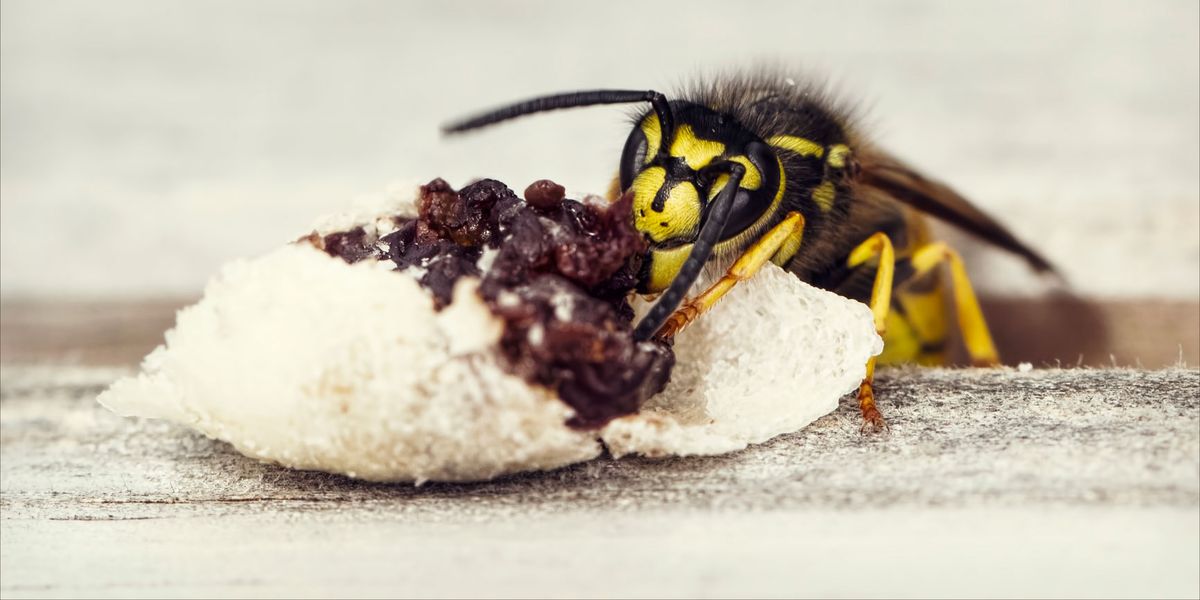
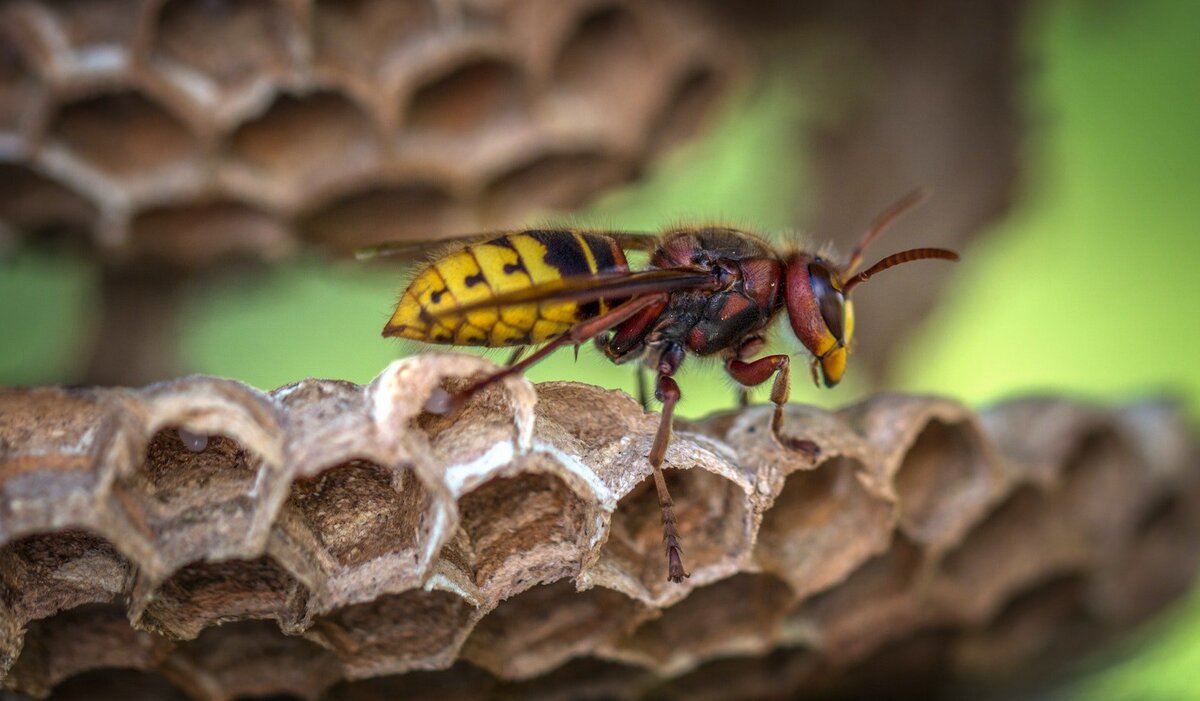
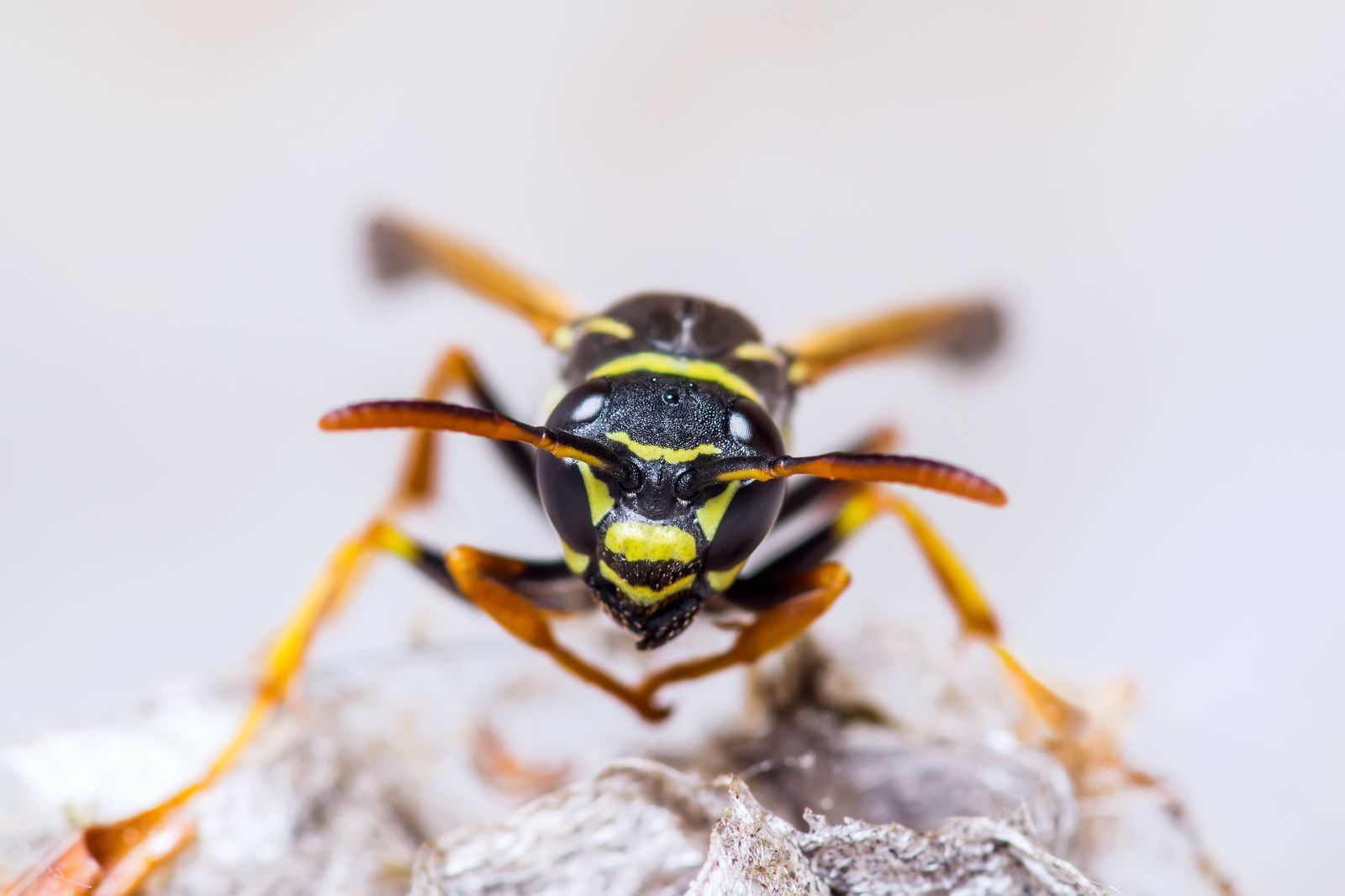
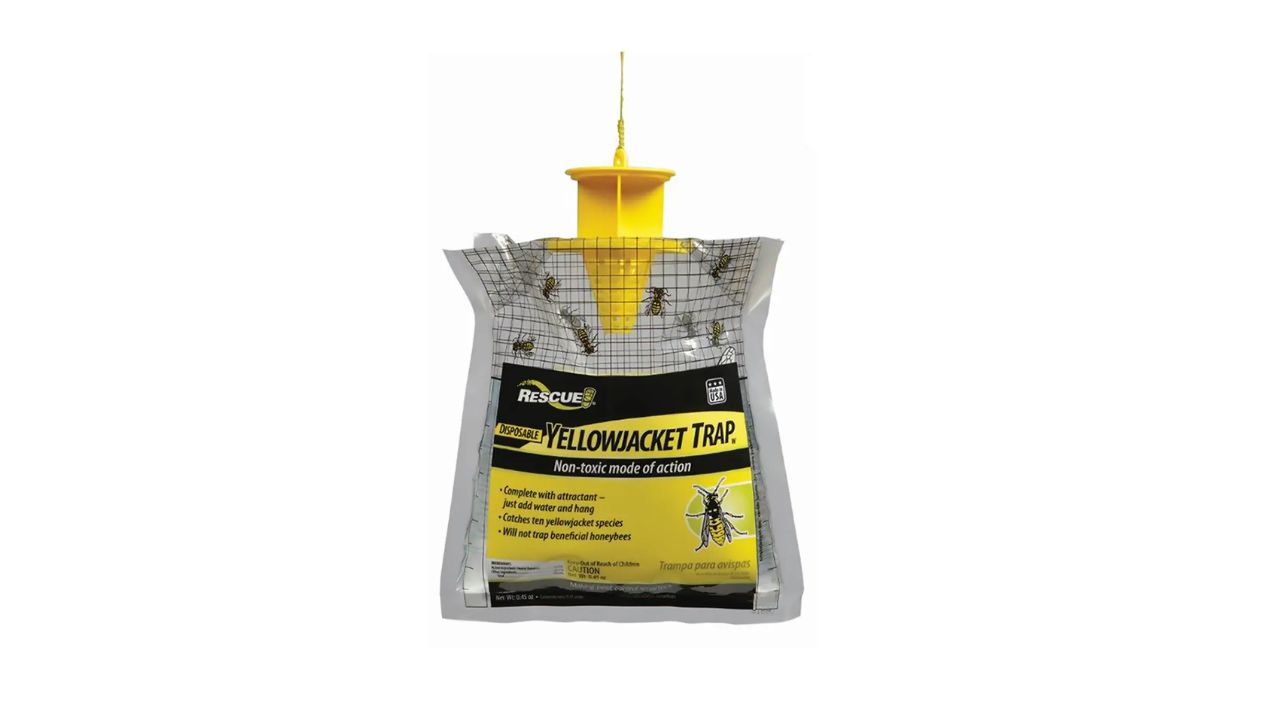
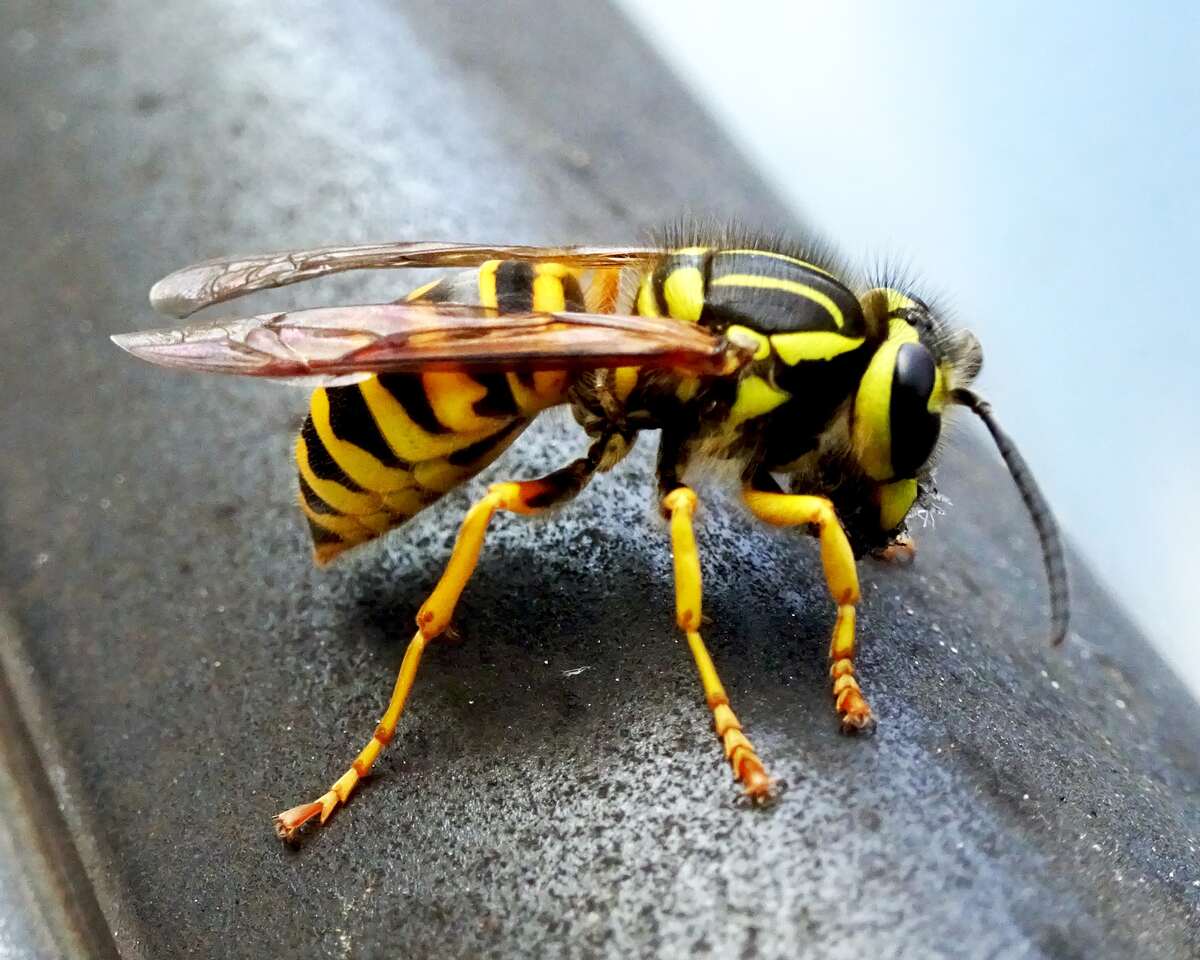
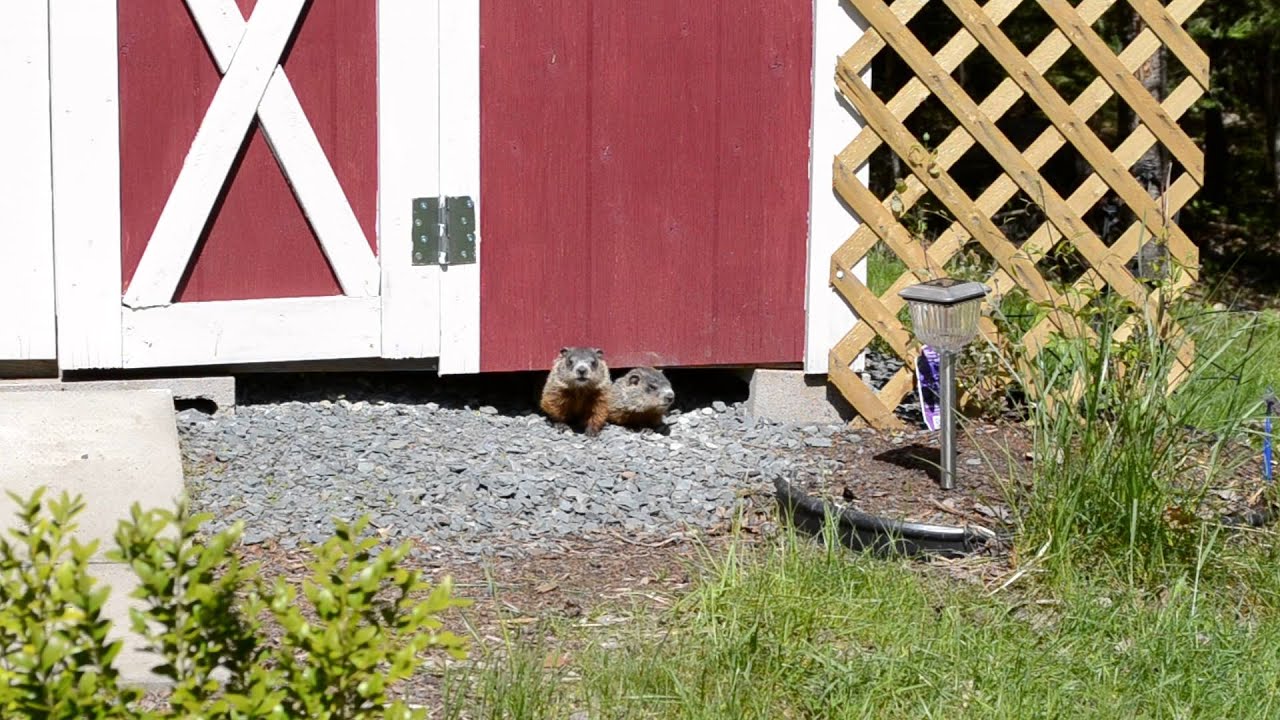
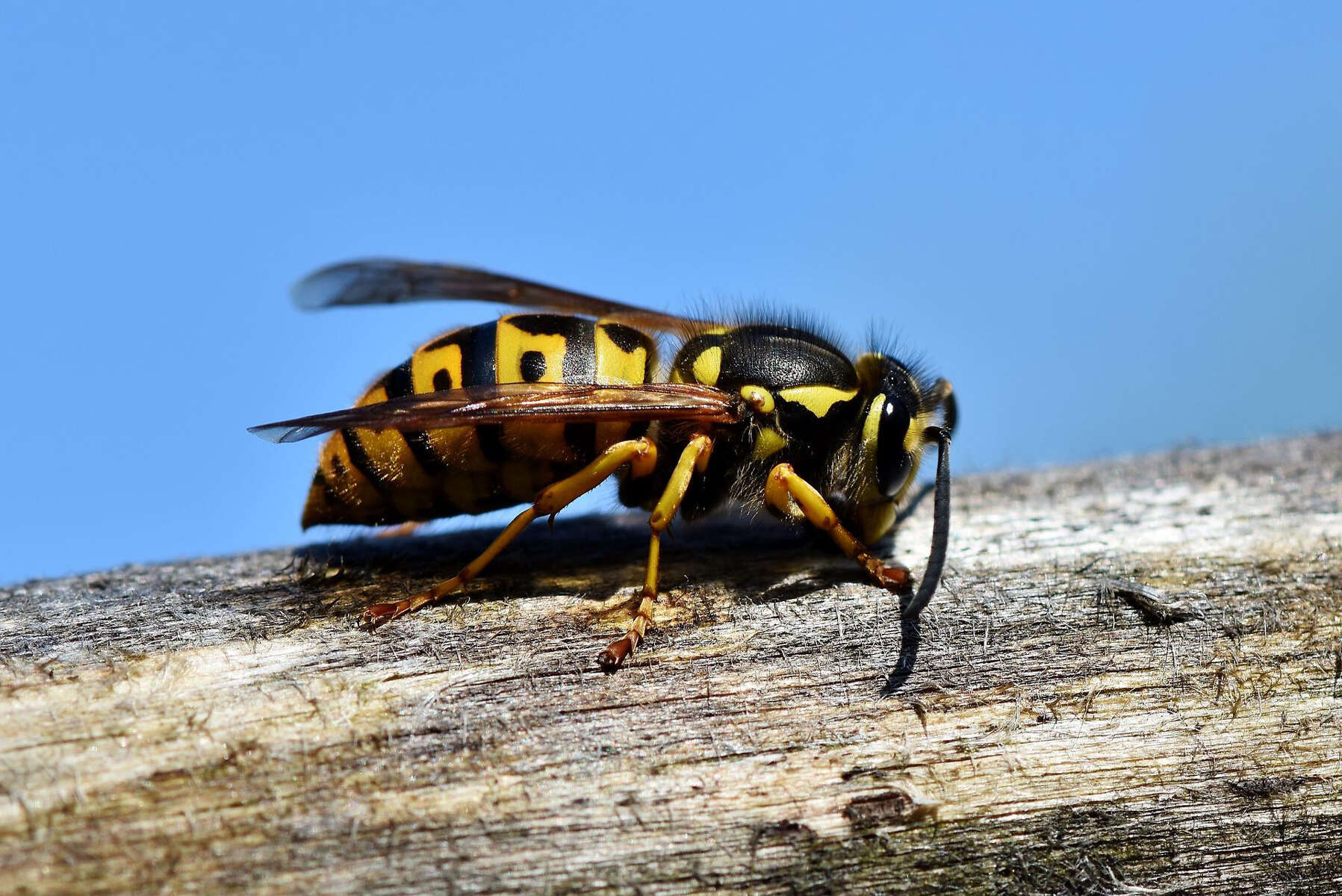
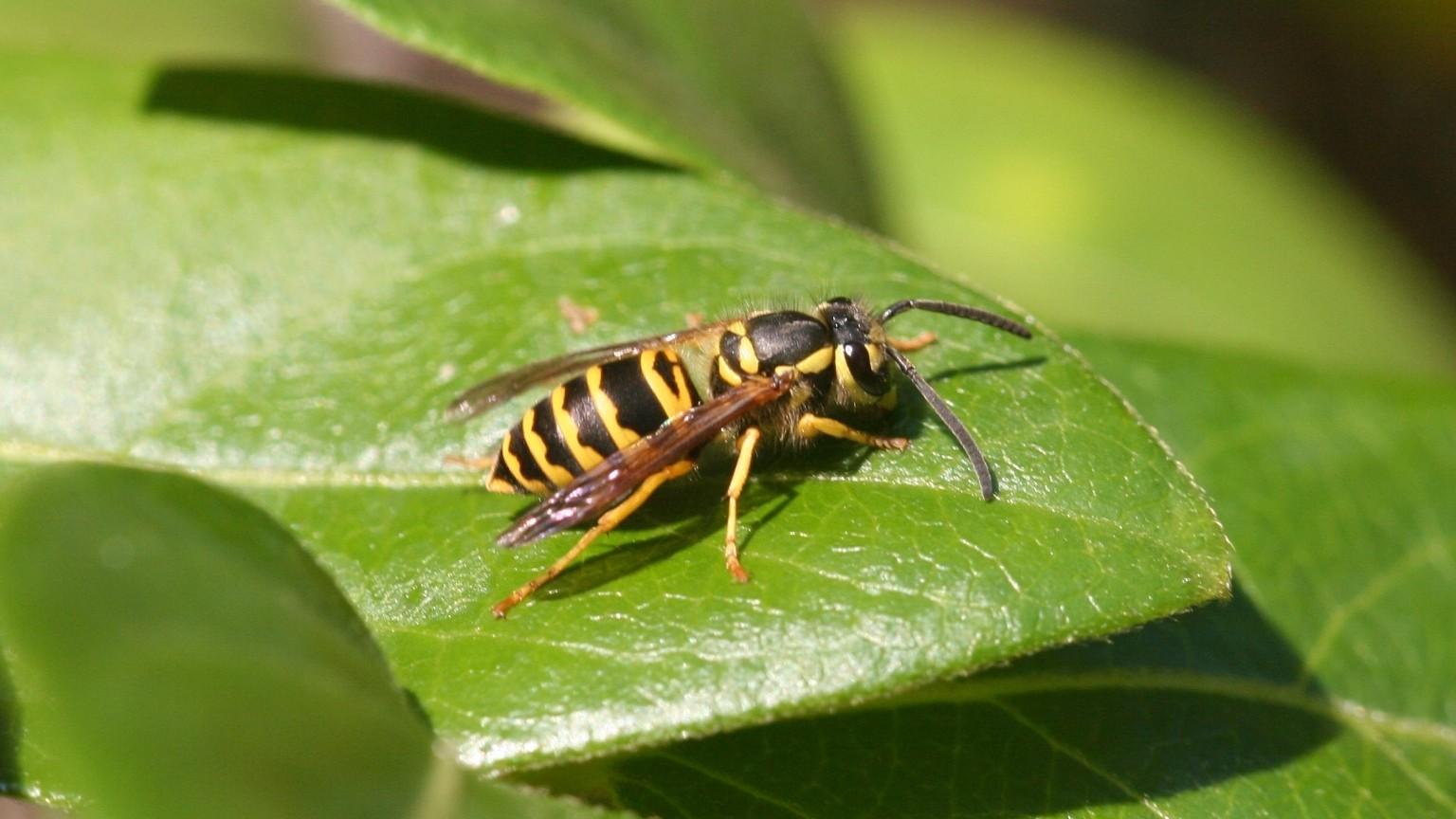
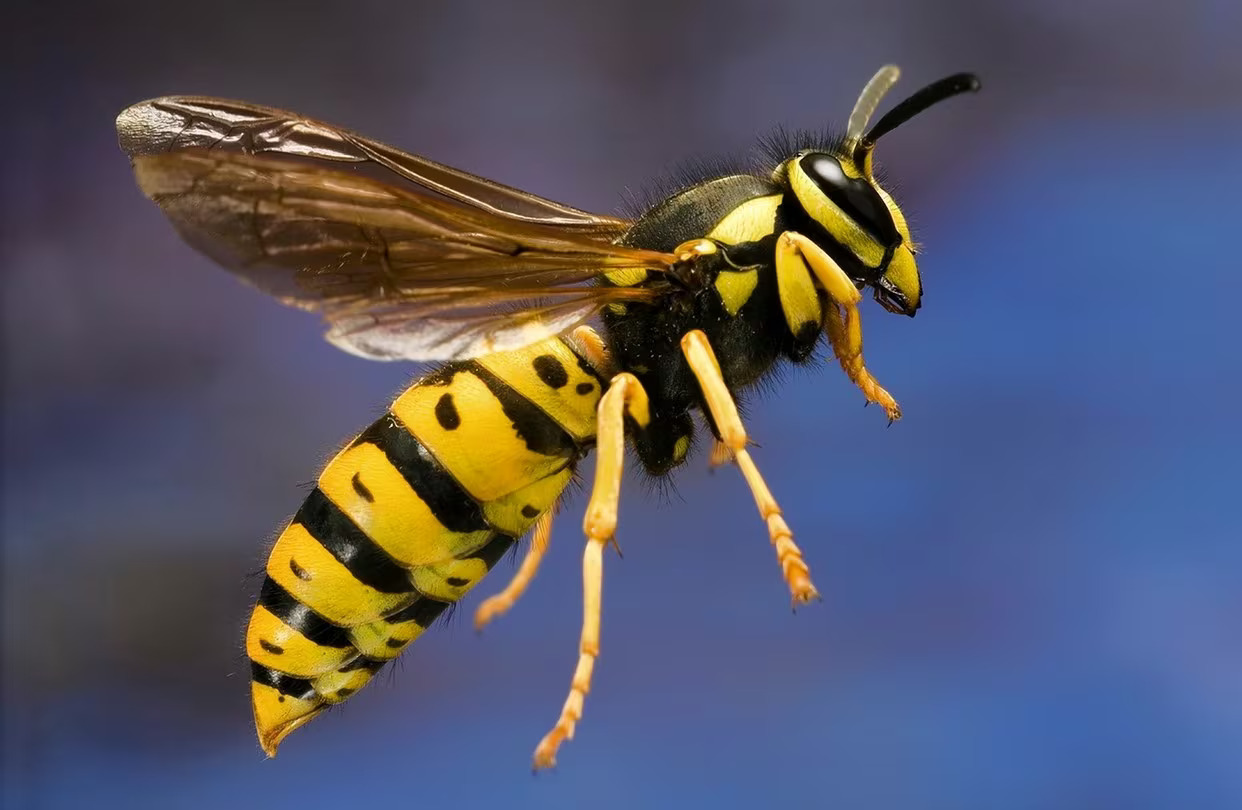

0 thoughts on “How To Prevent Yellow Jackets From Nesting”